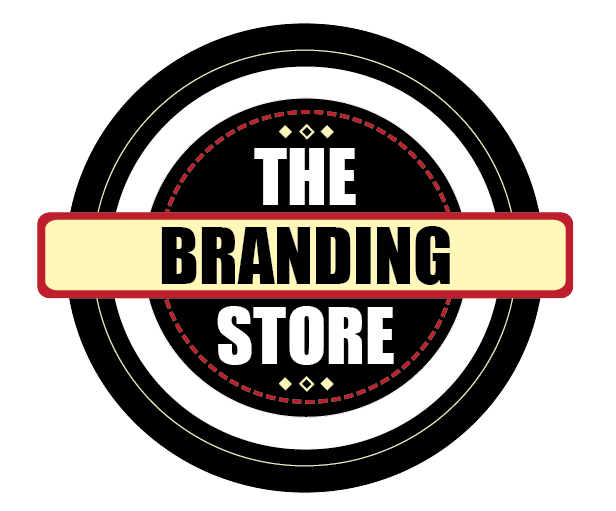Web design and SEO tips for everyone!
Creating a professional looking, well designed website will not ensure that your site receives a high amount of traffic, or increase your customer base. If you want to increase the traffic that your website gets, you will need to use search engine optimization. Search engine optimization refers to techniques that are used to improve a websites visibility, and therefore ranking with search engines.
Search engine optimization is an incredibly important part of your online presence. If you use SEO correctly, you can improve your search engine ranking and drive more traffic to your website. If you want people to find your website, then you need to use SEO on your site. Usually, when people think of SEO, they think about the copy that's on their site. Many business owners make sure that they use certain keywords in the articles, blog posts or copy on their site. However, they often fail to make their web design SEO friendly. You can incorporate search engine optimization techniques into more than just your website's copy. There are a few simple tricks that you can use to make your web design SEO friendly too.
1. Integrate Social Media into your Website's Design
Search engines value social media, as do your prospective customers. Incorporating social media elements into the design of your website will help it to rank better with search engines. When designing your website, make sure that you include your social media icons and, for all of your social media accounts, such as Twitter, Pinterest and Facebook. This will not only rank your site more highly among search engines, but it will also show your potential customers that your company is personable.
2. Use SEO for Images Too
Many people only optimize the text on their website, and they forget to do the same for the images they use. If you optimize the images that you use to, you can increase your site's search engine rank. When selecting an image for your website, make sure that it is not too large. Ideally, images on your site should be 30 to 100kb and have a resolution of 72dpi. Images that are too big will make your site load slowly, and negatively affect your search engine ranking. In the alt text section of the image, make sure that you use a keyword. This will further help with your site's SEO. Also, place images on your site carefully. The more relevant they are to that page, the more it will improve your website's ranking.
Related Resources from B2C
» Free Webcast: Driving a Highly Personalized Customer Experience
3. Use JavaScript Sparingly
Many websites make the mistake of using Javascript for their whole site design. Search engines crawl through websites to index them, and determine their ranking in the results. If your site features a great deal of Javascript, search engines will struggle to read your site, and it will cause crawling issues. Additionally, Javascript doesn't work particularly well on mobile devices. You want to make it as simple and easy as possible for search engines to read your website, and you want to make your site is as user-friendly as possible for your visitors.
4. Make sure your URL is User-Friendly
Your site's URL needs to be SEO friendly, otherwise it won't rank as well as it should. For example, a URL, such as http://www.fitness equipment.com/products/item2?=2128, is not an SEO friendly URL. It does not help the search engines to determine what that page is about. Instead, it should be something like, http://www.fitnessquipment.com/shop/soletreadmills. Also, try to limit the categories in the link. For example, http://www.fitnessquipment.com/shop/equipment/treadmills/soletreadmills includes too many categories. Also, if you need to separate words in your URL, make sure that you use hyphens, rather than underscores to do so.
5. Place Your Keywords in many Different Places
Many people focus on using keywords in their copy, but they neglect all other areas. Not only can keywords be used in copy, and within any articles on your site, they can also be incorporated into the design of your website. As mentioned earlier, you can also use keywords to optimize images too, but there are also many other areas where you can use them. They can be used in the title tag, H1 tags, website slogans, meta descriptions, meta keywords, navigation, H2 tags, bullet points, title attribute on links, H3 tags, breadcrumb trails, footer links, URL's, file names, internal links and folder names.
6. Make sure your Design is Accessible
If your website isn't completely accessible, then it will affect your conversion rates and your ranking with search engines. Your website must be viewable on all browsers, as if it is not, it will cause visitors to exit your site, without purchasing any products, or using your services. If your website loads slowly, or it's difficult to navigate, then it will likely rank low with search engines. Make sure that your website looks correct on all browsers, that it loads properly, and that you don't use any images that load slowly.
7. Be Careful with Flash Elements
Using too much flash on your website cannot only be distracting for your visitors, but it can also affect your website's search engine ranking. If you use flash elements on your site, then it will be more difficult for search engines to rank your website. This is because flash is often ignored or devalued by search engines, meaning that it won't add anything to your site's SEO. If you are going to use flash on your website, make sure that you do it sparingly.
By making your web design more SEO friendly, you can improve your company's visibility. Make a few simple changes to your site this week, and see how it affects your site's search engine ranking.
